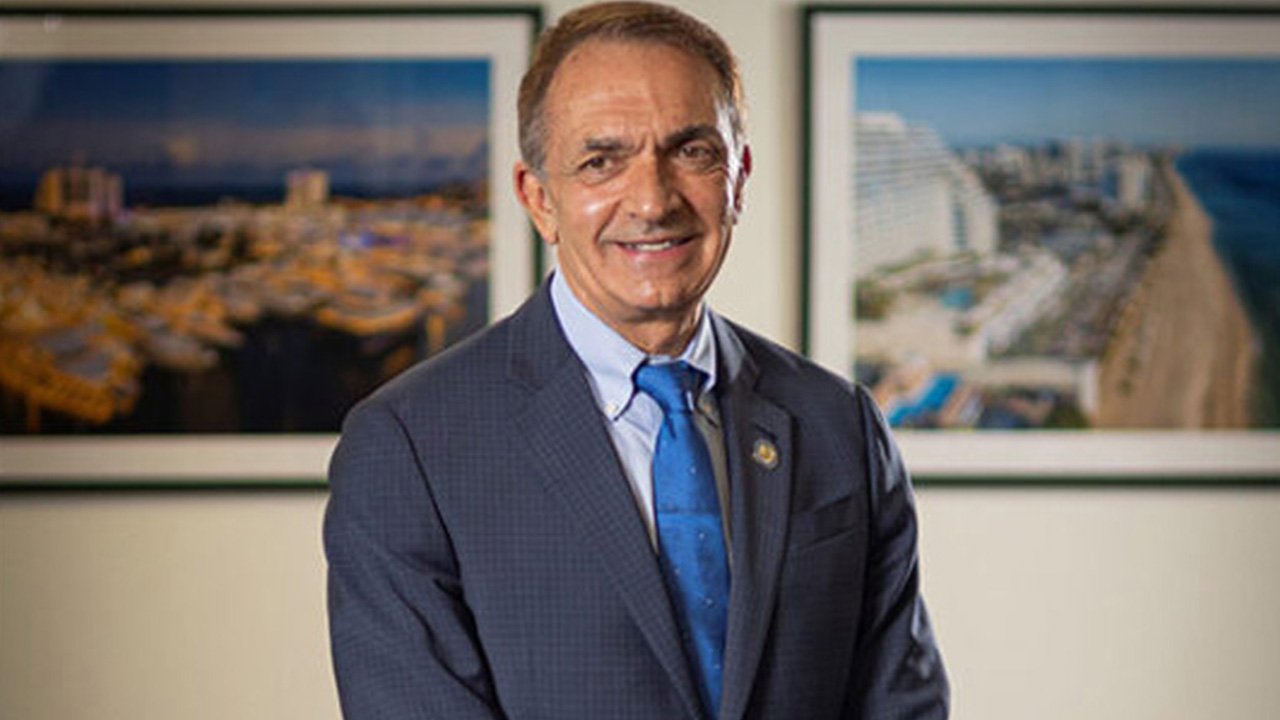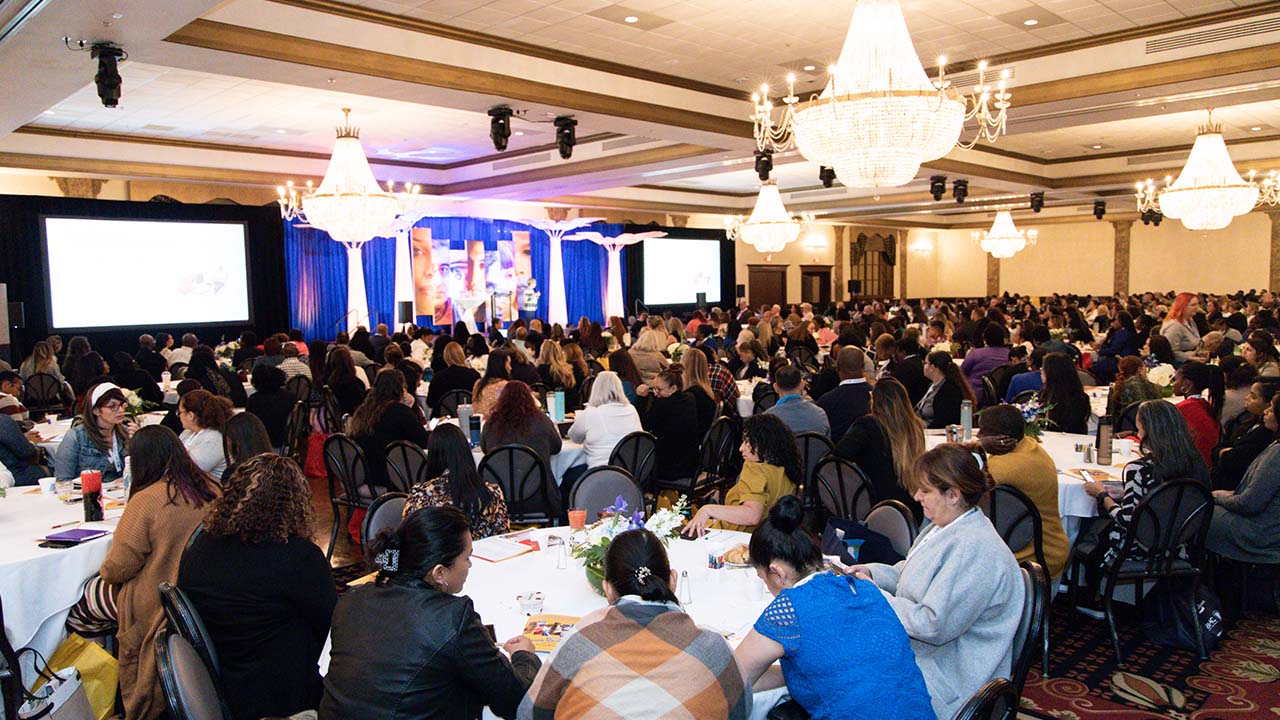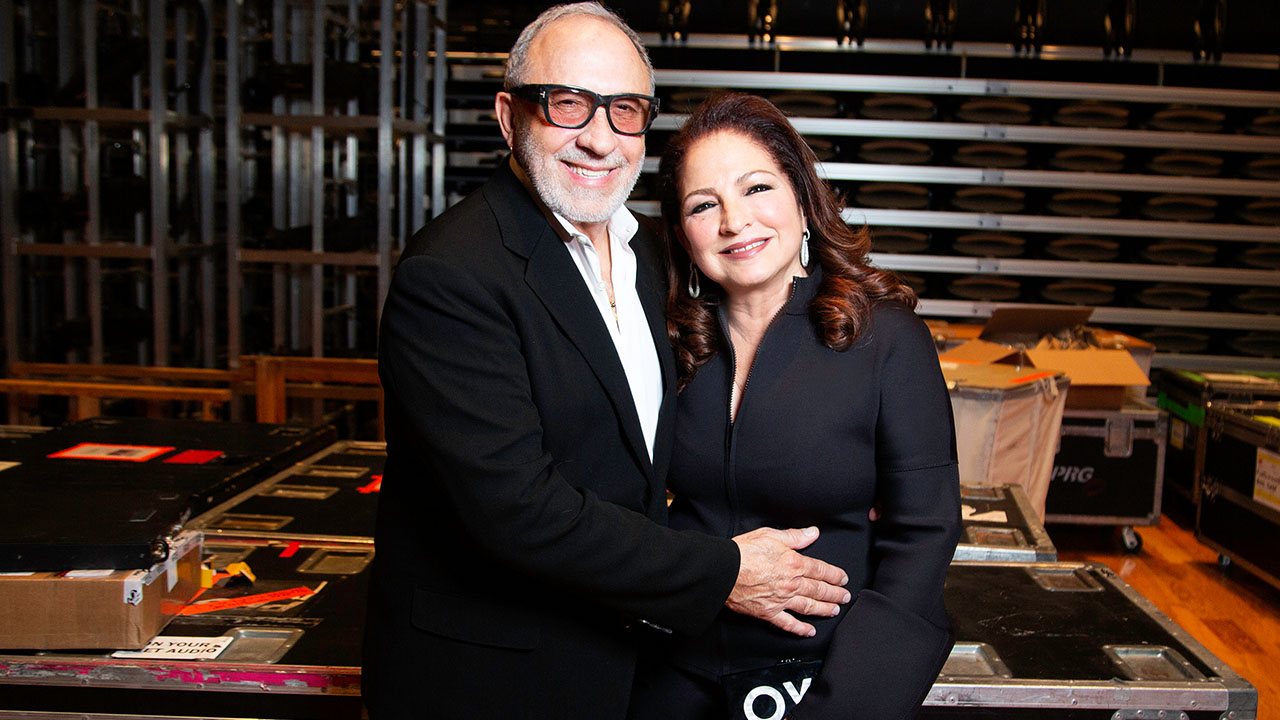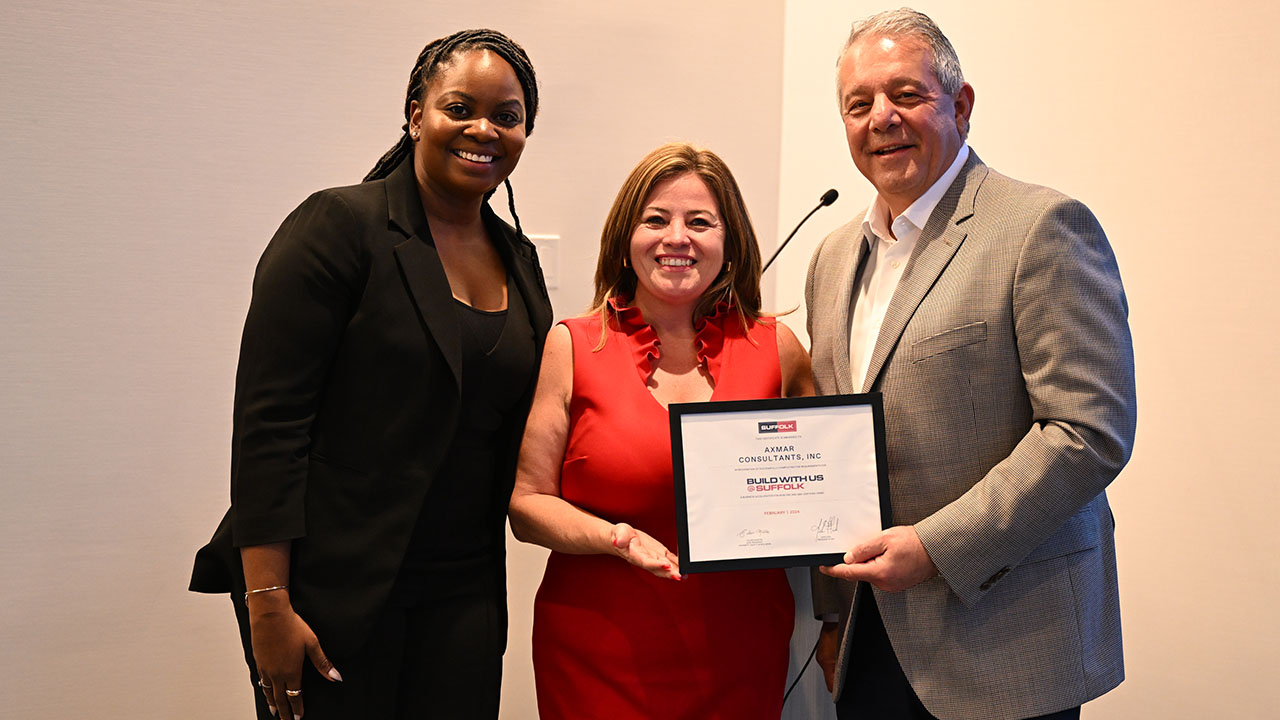Dear Mr. Berko: A group of us read your column after work while enjoying a few beers before heading home. Seeing as I’m the one with a college degree, which was a waste of time because I’m only making $12.15 an hour, I’ve been tasked with writing this letter. We continue to hear about the labor force participation rate, which is supposed to be an important economic indicator and supposedly the reason for our slow economic recovery. Could you explain this to us in simple English? Also, one of us wants to know your opinion of Dycom. He owns 160 shares, and a “buy” or “sell” answer would be sufficient. — TG, Jonesboro, Ark.
Dear TG: Egad! My answer may be dull as dishwater!
The Census Bureau estimates that the population of the United States is 325.2 million. That number does not include the 11 million or so people who are here illegally, whose numbers totaled just 550,000 in 1970. That’s a twentyfold increase. Wow!
The nation’s civilian noninstitutional population (citizens of working age who are not enlisted in the military) is approximately 255 million. Of that number, about 160 million Americans are “participating in the labor force,” either by holding a job or by seeking one. This means that there are about 95 million Americans who can work but, for various reasons, won’t work, and they are not counted as participating in the labor force. That’s a ginormous number! The labor force participation rate is only 62.7 percent. That’s scary. Just before the Great Recession, the LFPR was 66 percent. It had been fairly stable since 1990, when it was 66.4 percent. That drop from the November 2007 level to the May 2017 level generated about 12 million additional nonparticipating workers, a number similar to the number of immigrants living in the U.S. illegally.
The Federal Reserve tried to fix the problem by flooding the banking system with trillions of newly created dollars. The folks at the Fed figured that low interest rates and easy money would “trickle down” to the middle class. The marplots at the Fed reckoned that the trickle-down would encourage more borrowing, which would generate more business activity and increase the LFPR. They were dead wrong, because those trillions trickled up. The rich became richer, and the poor were given more government baksheesh.
Now we have had the worst economic recovery since the Great Depression, and many believe the problem is the Fed, which remains a clubby bastion of privilege for the privileged and by the privileged. Ten of its 17 governors and bank presidents have Ph.D.s in economics and had careers in spoony academia. Others were meditating at think tanks while sharing their gospel on the highly remunerative lecture circuit. None of these Fed folks has ever driven a forklift, worked on an assembly line, written a bad check, pounded roofing nails or missed a paycheck. They’re an incestuous group of economists whose inbred academic conclusions stink of groupthink. They fail to understand that to goose the economy, it’s necessary to put those trillions in the hands of the middle class, who will spend the money at Macy’s, Sears, J.C. Penney, Staples, Dick’s Sporting Goods, Barnes & Noble and Sbarro. That is the process that can spread the wealth where it needs spreading, increase consumer dema!
nd and improve the labor force participation rate. Instead, those dollars were transferred to the wealthy, who invested trillions in the stock market, splurged on high-priced art, purchased homes in Vail and bought yachts from others of equal or greater wealth. Unfortunately, the Fed’s transfer of trillions resulted in “trickle-up” economics.
Probably 98 percent of us wouldn’t know Dycom Industries (DY-$90.19) from Adam’s off ox. But this is a dynamite infrastructure issue that I’ll comment on next. Tell your fellow beer drinker that DY is a buy!
Please address your financial questions to Malcolm Berko, P.O. Box 8303, Largo, FL 33775, or email him at mjberko@yahoo.com. To find out more about Malcolm Berko and read features by other Creators Syndicate writers and cartoonists, visit the Creators Syndicate website at www.creators.com.
COPYRIGHT 2017 CREATORS.COM
Editor’s Letter: Everything Still Seems Pretty Good
I don’t know about you, but I am getting tired of waiting for a recession. Yes, there are a few worrisome signs nationally, such as vacant office space and we

Local South Florida Cocktail Recipes to Craft During National Cocktail Day
The celebration will commence on Sunday, March 24.

Miami Marlins Set to Kick Off Much-Awaited 2024 Season
The team will host the Pittsburgh Pirates for the home opener on March 28.

Healthcare Investor Hosts Fundraising Event for Fort Lauderdale Mayor Dean Trantalis
The evening will feature a Frank Sinatra impersonator, networking and a chance to raffle prizes from Amaira Med Spa & Surgical.

Other Posts
Fort Lauderdale International Film Festival Hosts Oscars Watch Party
Space is limited and advance purchase of tickets is required.

Desai Foundation Hosts Holi Celebration in Miami
The aim is to raise awareness and support for health, livelihood, and menstrual equity programs in India.

Set Sail for Fun: Inaugural Red Shield Regatta Launches in March
The evening will be hosted by Captain Lee Rosbach of Bravo TV’s Below Deck.

Editor’s Letter: A Heartfelt Return
If you are a longtime SFBW reader and are wondering what the heck I am doing back here with an editor’s column, well there’s a story behind that. It was








